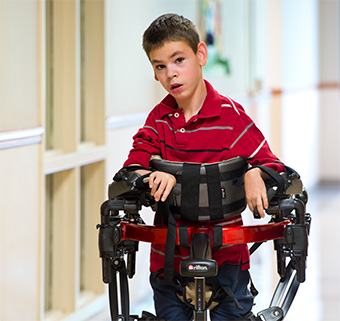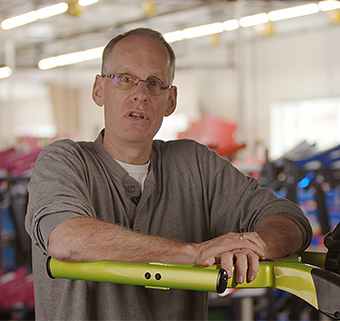Article
Videos for Obsolete Rifton Products
| April 2020For reference, here are a few videos discussing and demonstrating Rifton products no longer in production.
Pacer Gait Trainer Part 1 | The Frame
Pacer Gait Trainer Part 2 | The Chest Prompt
Pacer Gait Trainer Part 3 | The Arm Prompts
Pacer Gait Trainer Part 4 | The Hip Positioner
Pacer Gait Trainer Part 5 | The Thigh Prompts
Pacer Gait Trainer Part 6 | The Ankle Prompts
Pacer Gait Trainer Part 7 | The Casters
Blue Wave Toileting System
Rifton SoloLift Video 1 | Out of the Box
Rifton SoloLift: Dignified, Secure Transfers with an Electric Patient Lift
Rifton SoloLift: Patient Transfer with Only One Caregiver
Rifton SoloLift Video: Economical, Portable and Safe
Rifton SoloLift: A Unique Patient Transfer Device
Rifton Prone Stander
Rifton Supine Stander
More from News







